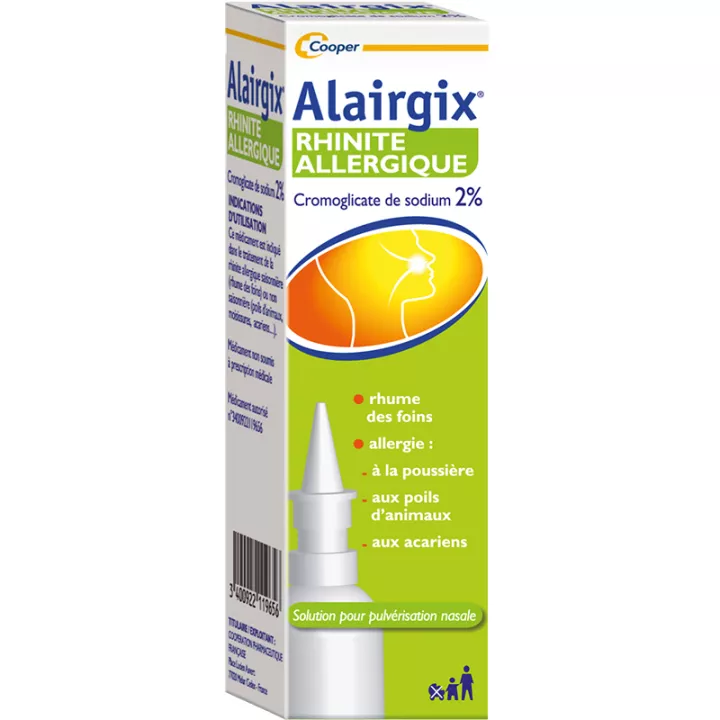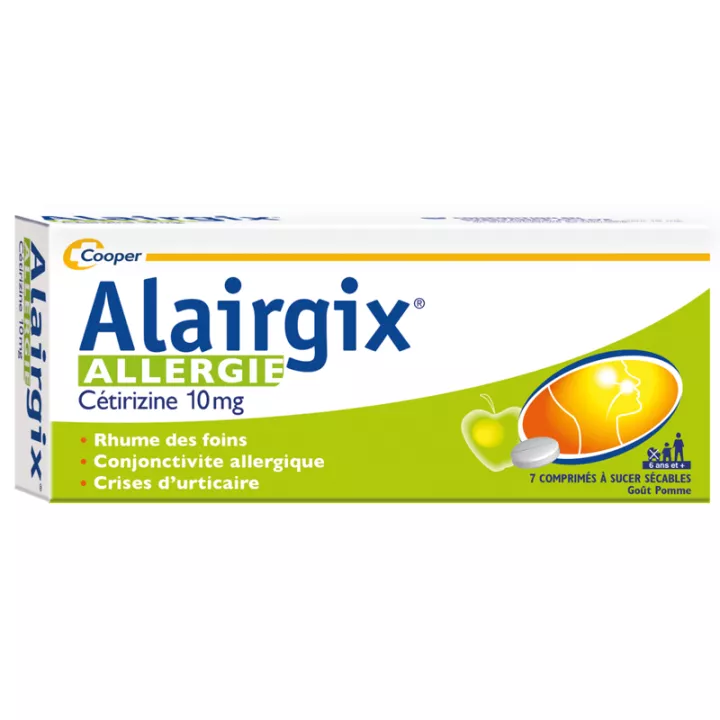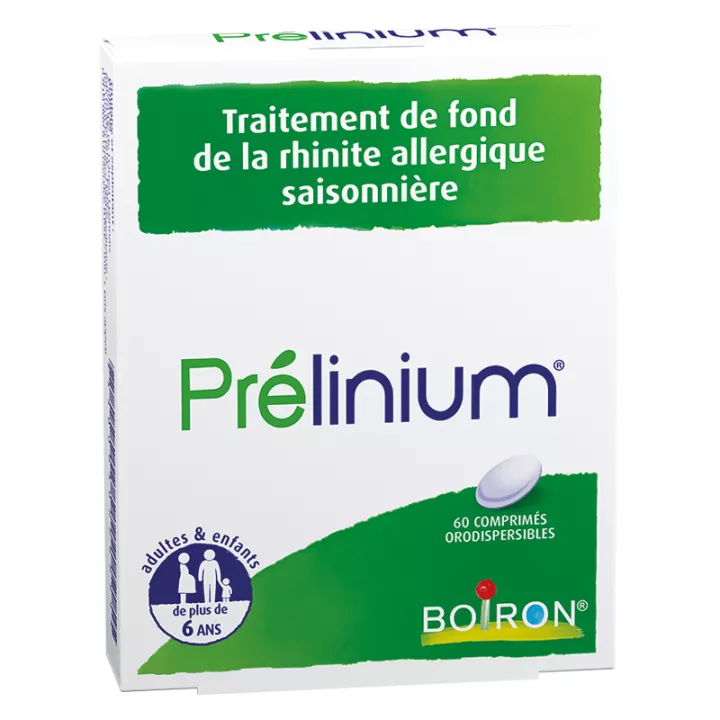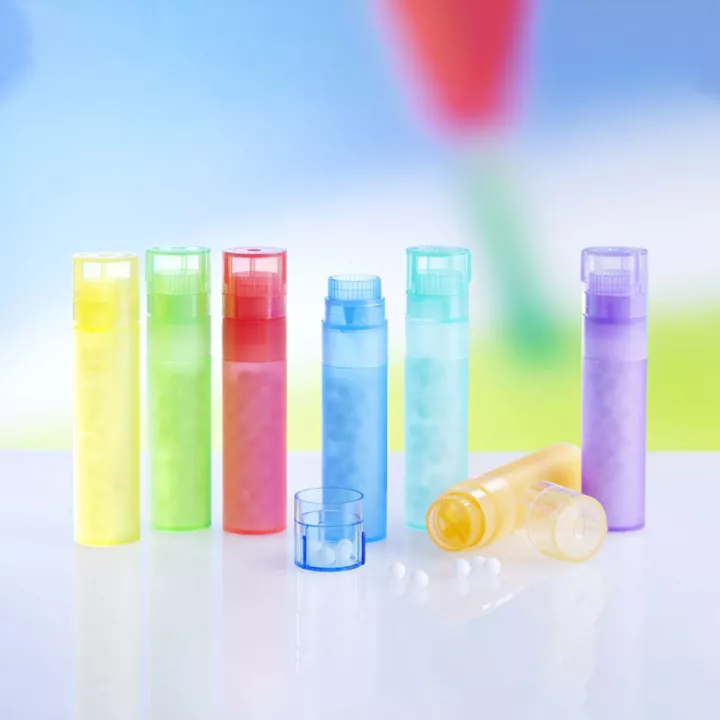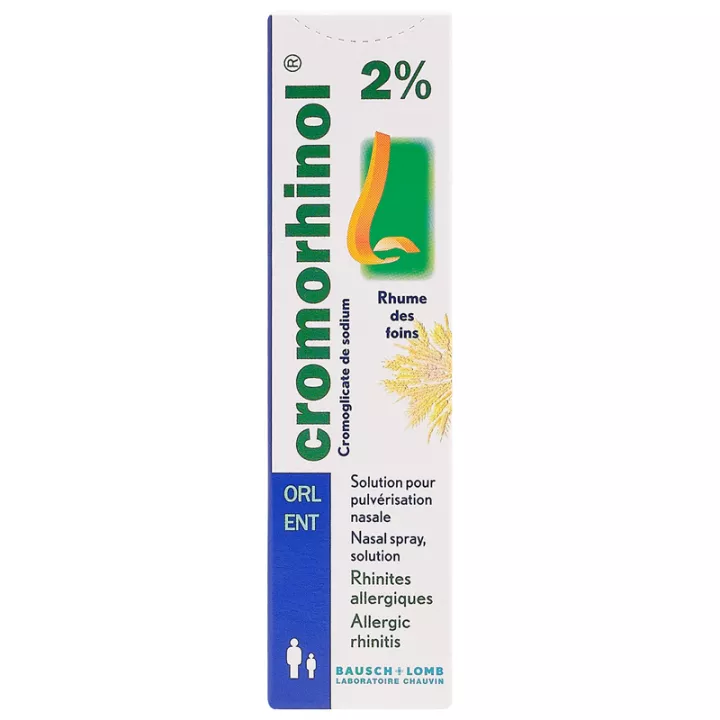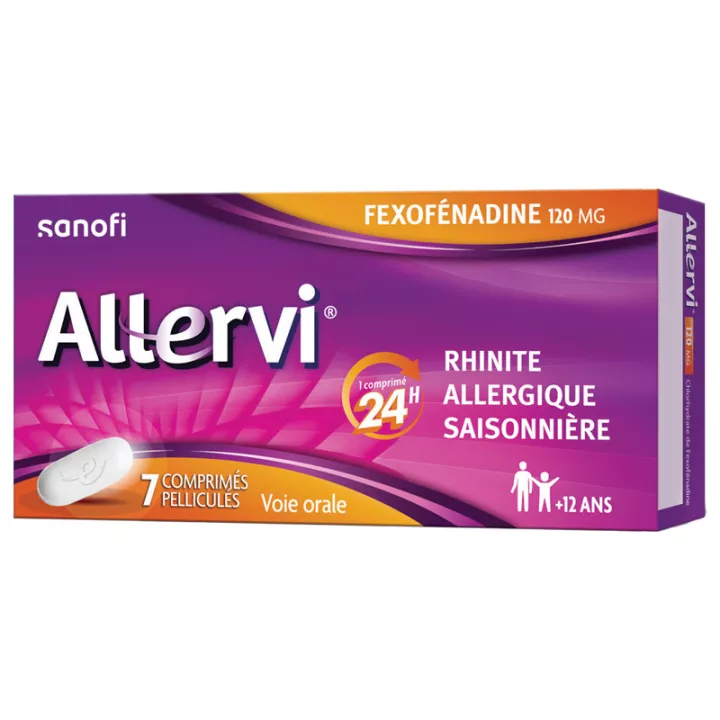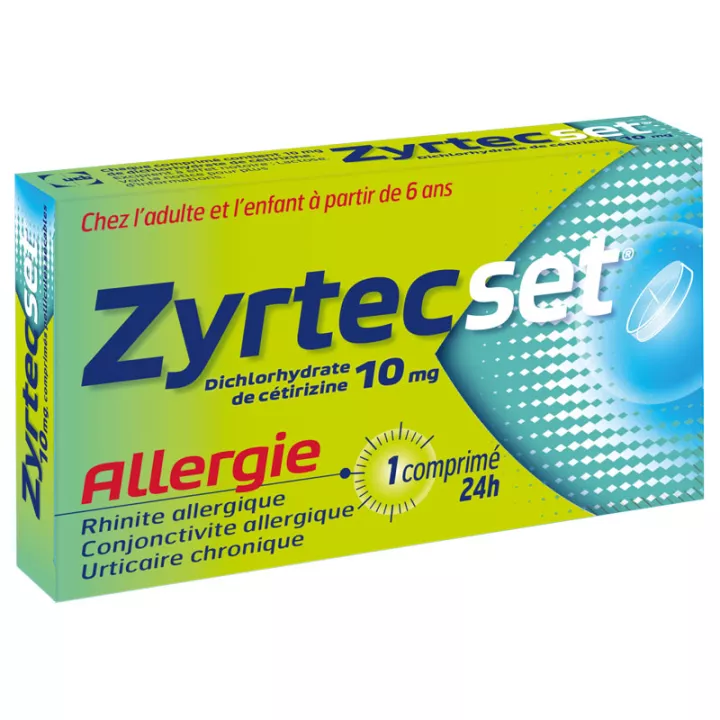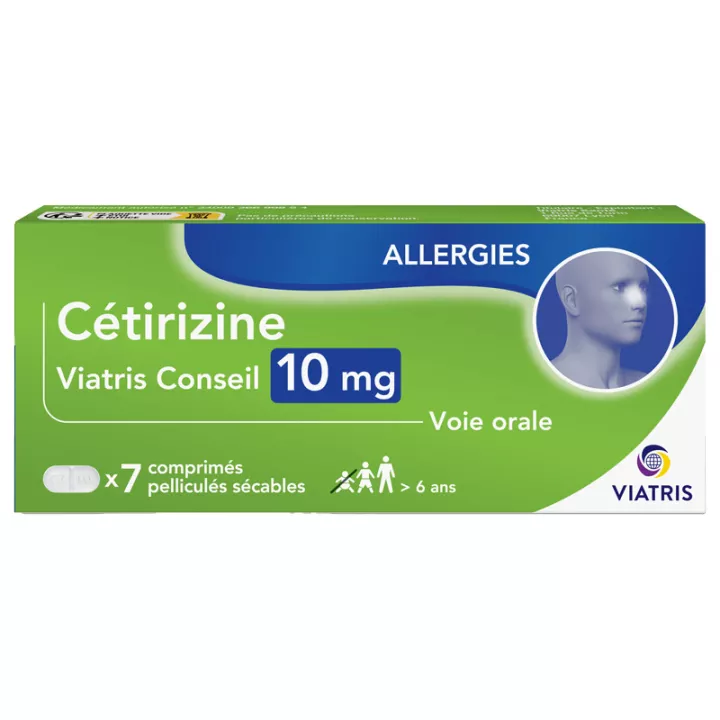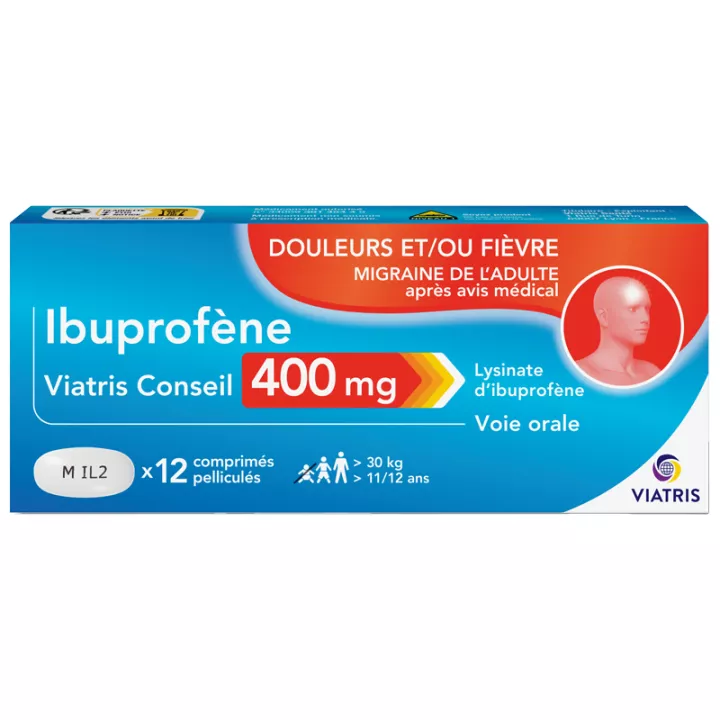NOTICE
ANSM - Last updated: 20/04/2012
Name of the medicinal product
ALAIRGIX ALLERGIC RHINITE SODIUM CROMOGLICATE 2%, nasal spray solution
Sodium Cromoglicate
framed
Read this leaflet carefully before you start using this medicine. It contains important information for your treatment.
· This medication can be used in self-medication, ie used without consultation or prescription from a doctor.
· If symptoms persist, worsen or new symptoms appear, seek advice from your pharmacist or doctor.
· This leaflet is designed to help you use this medicine. Keep there, you might need to reread it.
DO NOT LEAVE THIS MEDICINE FOR CHILDREN
Review summary
In this notice :
1. What is ALAIRGIX ALLERGIC RHINITE SODIUM CROMOGLICATE 2%, solution for nasal spray and in which cases it is used?
2. What information should I know before using ALAIRGIX RHEINTHERGIC RHINITE SODIUM CROMOGLICATE 2%, nasal spray solution ?
3. How to use ALAIRGIX ALLERGIC RHINITE SODIUM CROMOGLICATE 2%, nasal spray solution ?
4. What are the possible side effects?
5. How to store ALAIRGIX ALLERGIC RHINITE SODIUM CROMOGLICATE 2%, nasal spray solution ?
6. Additional information.
1. WHAT IS ALAIRGIX ALLERGIC RHINITE SODIUM CROMOGLICATE 2%, nasal spray solution AND IN WHAT CASES IS IT USED?
Pharmacotherapeutic group
Not applicable.
Therapeutic indications
This medicine is indicated in adults and children in the treatment of seasonal allergic rhinitis (hay fever) or non-seasonal (animal hair, mold, mites ...).
2. BEFORE YOU USE ALAIRGIX ALLERGIC RHINITE SODIUM CROMOGLICATE 2%, nasal spray solution?
List of information needed before taking the medication
Not applicable.
Cons-indications
Never use ALAIRGIX ALLERGIC RHINITE SODIUM CROMOGLICATE 2%, nasal spray solution:
If you are allergic to sodium cromoglicate (the active substance) or to any of the other ingredients of this medication (see section 6 "Additional information").
IN CASE OF DOUBT, IT IS ESSENTIAL TO ASK FOR THE OPINION OF YOUR PHARMACIST OR YOUR DOCTOR.
Precautions for use; special warnings
Take special care with ALAIRGIX ALLERGIC RHINITE SODIUM CROMOGLICATE 2%, nasal spray solution:
· never leave it within the reach of children.
· do not exceed recommended dosage.
· in the absence of improvement as in the case of persisting symptoms, take a medical opinion.
IN CASE OF DOUBT, DO NOT HESITATE TO REQUEST THE NOTICE OF YOUR PHARMACIST OR YOUR DOCTOR
Interaction with other medicines
Use of other medicines
If you are taking or have recently taken any other medicines, including medicines obtained without a prescription, talk to your doctor or pharmacist.
Interactions with food and beverages
Not applicable.
Interactions with Herbal Medicines or Alternative Therapies
Not applicable.
Use during pregnancy and lactation
Pregnancy and breast feeding
ALAIRGIX ALLERGIC RHINITE SODIUM CROMOGLICATE 2%, nasal spray solution can be used during pregnancy and lactation.
Ask your doctor or pharmacist for advice before taking any medicine.
Sport
Not applicable.
Effects on ability to drive or use machines
Not applicable.
List of excipients with known effect
Not applicable.
3. HOW TO USE ALAIRGIX ALLERGIC RHINITE SODIUM CROMOGLICATE 2%, solution for nasal spray?
Instructions for proper use
Not applicable.
Dosage, Mode and / or route (s) of administration, Frequency of administration and Duration of treatment
Dosage
Adults and children:
Before each take, blow your nose to clear the nostrils.
1 spray in each nostril 4 to 6 times a day, to be distributed at regular intervals.
Symptoms of seasonal or non-seasonal allergic rhinitis may recur if the treatment is not followed regularly, treatment should be continuously monitored throughout the duration of exposure to allergens.
If you have any new symptoms, or if you have any concerns about your condition, please ask your pharmacist or consult your doctor.
Method and route of administration
Nasal route.
1) Before use, remove the cap by pulling it upwards.
The sprayer is ready to use.
When first used, hold the bottle vertically and press the sprayer generally 1 or 2 times to prime the pump.
2) Before each catch, blow your nose. Then hold the bottle vertically, insert the nasal nozzle into one of the nostrils and plug the other with your finger. Briefly press the sprayer and inhale through the nose and exhale slowly through the mouth.
3) Repeat the same operation in the other nostril.
4) Wipe the nosepiece and replace the cap to prevent accidental spraying.
Frequency of Administration
The catch must be distributed at regular intervals.
Duration of treatment :
Treatment should be monitored continuously throughout the duration of exposure to allergens (responsible for allergy).
Indeed, symptoms of seasonal or non-seasonal allergic rhinitis may reappear when treatment is not followed regularly.
However, if exposure to allergens can be avoided, this is preferable to the use of any medication ( see "Health Advice / Education ").
Symptoms and Instructions for Overdose
If you used more ALAIRGIX ALLERGIC RHINITE SODIUM CROMOGLICATE 2%, nasal spray solution you should:
Immediately consult your doctor or pharmacist.
Instructions for omission of one or more doses
If you forget to use ALAIRGIX ALLERGIC RHINITE SODIUM CROMOGLICATE 2%, nasal spray solution:
Do not take a double dose to make up for the single dose you have forgotten to take, but simply continue with your treatment.
Risk of withdrawal syndrome
Not applicable.
4. WHAT ARE POSSIBLE SIDE EFFECTS?
Description of adverse reactions
Like all drugs, ALAIRGIX ALLERGIC RHINITE SODIUM CROMOGLICATE 2%, nasal spray solution is likely to have unwanted effects, although not everyone is subject to it.
· Possibility of an allergic reaction to the cromoglicate or one of the components of the product.
· A brief nasal irritation with sneezing may occur at the start of treatment within minutes of spraying. These symptoms are usually transient.
· Rarely may a nose bleed occur.
If you notice any side effects not listed in this leaflet, or if any of the side effects gets serious, contact your doctor or pharmacist.
5. HOW TO STORE ALAIRGIX ALLERGIC RHINITE SODIUM CROMOGLICATE 2%, solution for nasal spray?
Keep out of the reach and sight of children.
Expiration date
Do not use ALAIRGIX ALLERGIC RHINITE SODIUM CROMOGLICATE 2%, nasal spray solution after the expiry date stated on the carton. The expiry date refers to the last day of the month.
Storage conditions
No special storage conditions.
This medication is preserved 3 months after first opening.
If necessary, warnings against visible signs of deterioration
Medicines should not be disposed of via wastewater or household waste. Ask your pharmacist what to do with unused medications. These measures will help protect the environment.
6. ADDITIONAL INFORMATION
Full list of active substances and excipients
What contains ALAIRGIX ALLERGIC RHINITE SODIUM CROMOGLICATE 2%, nasal spray solution?
The active substance is :
Sodium Cromoglicate ............................................... .................................................. ..................... 2.00 g
For 100 ml of solution.
The other components are :
Disodium edetate, sorbitol, sodium hydroxide (for pH adjustment), water for injections.
Pharmaceutical form and content
What is ALAIRGIX ALLERGIC RHINITE SODIUM CROMOGLICATE 2%, nasal spray solution and contents of the pack?
This medication is in the form of a nasal spray solution in a 15 ml spray bottle.
Name and address of the marketing authorization holder and the holder of the manufacturing authorization responsible for the release of the lots, if different
Holder
French pharmaceutical cooperation
PLACE LUCIEN AUVERT
77020 MELUN cedex
exploiting
French pharmaceutical cooperation
PLACE LUCIEN AUVERT
77020 MELUN cedex
Maker
URSAPhARM ARZNEIMITTEL GMBH
STRASSE INDUSTRY
66129 SAARBRUCKEN
GERMANY
Names of the medicinal product in the Member States of the European Economic Area
Not applicable.
Date of approval of the notice
The last date on which this leaflet was approved is {date}.
AMM under exceptional circumstances
Not applicable.
Internet Information
Detailed information on this medicine is available on the Afssaps website (France).
Information for health professionals only
Not applicable.
Other
ADVICE / HEALTH EDUCATION
a) What is an allergy, what is an allergic reaction?
Allergy is an overreaction of our body to substances it considers harmful, allergens. Allergens are the factors and substances triggering allergy and associated disorders.
During repeated and intensive contacts of our body with the allergen, an allergic reaction is triggered.
The allergic reaction refers to all symptoms appearing a few minutes or hours after exposure to allergens. These allergens come from plants, animal hair, food, dust mites, molds or are substances of occupational origin.
This allergic reaction causes the release in the body of substances such as the histamine responsible for the disorders felt.
As with any disease of an allergic nature, it is important to to consult a doctor at least once. IT SHALL DETERMINE IN PARTICULAR THE NEED FOR AN ALLERGOLOGICAL BALANCE. |
b) How to recognize allergic rhinitis, seasonal or non-seasonal allergic conjunctivitis?
Allergic rhinitis results in the following symptoms: nasal congestion, successive sneezing, colorless nasal discharge, nasal obstruction (stuffy nose), itching and tingling of the nose. It may be accompanied by irritations of both eyes (tearing, redness), throat and nose.
We distinguish :
Seasonal allergic rhinitis or hay fever: frequent, they occur every year in the same season, when pollen concentration increases in the air, and usually occur for the first time during adolescence. However, you may not be allergic to all pollens, but to one or more of them only.
Perennial allergic rhinitis occurs throughout the year and most often depends on domestic allergens such as dust mites, mold, and domestic animals.
c) Some practical tips
Removing the allergen (foreclosure) is the measure of choice to suppress or reduce the symptoms of allergy.
For household allergens: measures to reduce the presence of allergens are essential:
· The mattress should be completely surrounded by a plastic dust mite cover as well as the pillows. The bed base, unless it is in slats or metal, shall be surrounded by a plastic. All bedding should be washed twice a month at 60 ° C if possible.
· The room should be ventilated and cleaned regularly.
· On the floor, you will avoid bed runs and carpets.
· Avoid pets.
· During the pollen season it is possible to reduce the exposure to pollen:
· In your garden, diversify the plantations avoiding the most allergenic species (cypress, thuja, birch ...).
· Avoid mowing the lawn yourself during the pollen season.
· Garde preferably with glasses and a protective mask.

